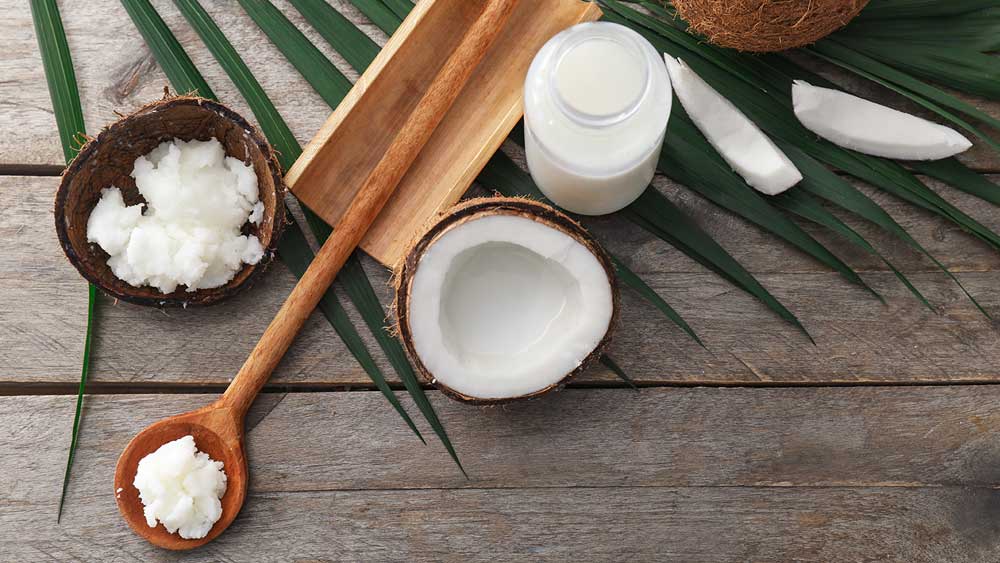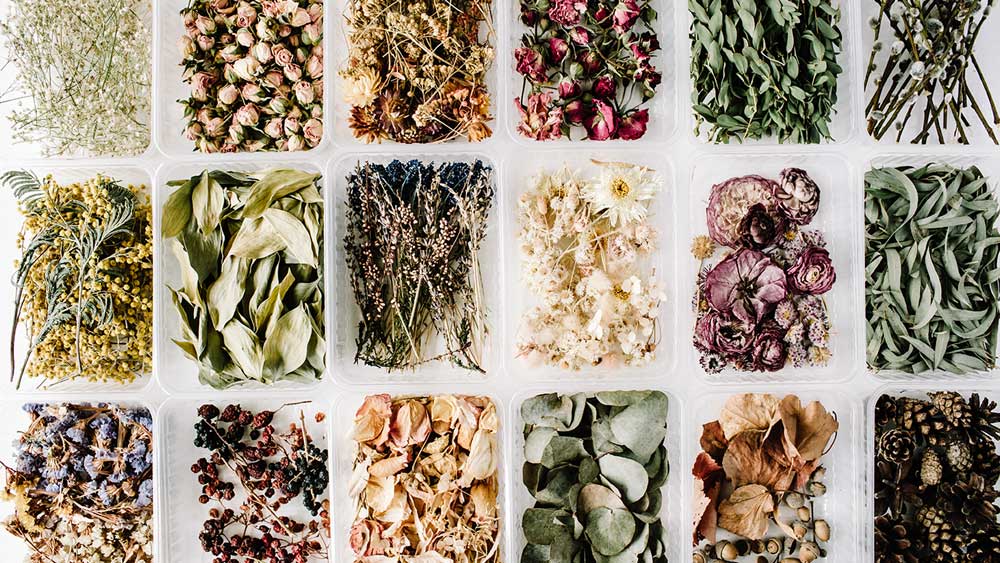
Tocopherol
Learn all about tocopherol, including how it's made, and why Puracy uses tocopherol in our products.
- Derived from: olive oil
- Pronunciation: (\tō-ˈkä-fə-ˌrȯl)
- Type: Naturally-derived
- Other names: vitamin E
What Is Tocopherol?

The predominant form of vitamin E in human and animal tissues, tocopherol is a pale yellow liquid that occurs in plant materials.[1] It is found in vegetable fats and oils, such as sunflower, peanut, walnut, sesame, and olive oils; it is also found in dairy products, meat, eggs, cereals, and nuts.[2,3]
What Does Tocopherol Do in Our products?

Tocopherol is a skin-conditioning agent and antioxidant that absorbs ultraviolet UVB light and does not dissolve in water.[6,7] It is found in thousands of personal care products, including moisturizing cream, sunscreen, makeup, bar soap, acne medications, hair styling products, lotion, foot powder, hair spray, hair coloring and other items.[8] We use tocopherol in several of our products as a moisturizer.
Skincare
In skincare products, Tocopherol aids skin in retaining moisture, as well as helping to maintain a healthy shine. It can also help in protecting against UV rays.
Haircare
In haircare products, Tocopherol can protect hair from sun damage, as well as eliminate free radicals from damaging colored or chemically altered hair.
Food
When consumed, tocopherol and Vitamin E can help maintain healthy skin and eyes. It can be found in the oils extracted from walnuts, almonds, peanuts, hazelnuts, and macadamia nuts.
Tocopherol’s Chemical Structure

Tocopherol is a naturally occurring lipid; it can also be produced synthetically. In its natural form, it is created via photosynthesis and is a fat-soluble antioxidant.[4] It is a natural component of cell membranes thought to protect against oxidative damage.[5]
How Tocopherol Is Made

Tocopherol production typically begins by drying out oil seeds to remove some of the water content. After removing the shells or hulls, the seeds are usually ground, then mixed with hot water and boiled to allow some of the oil to float. The milled seed is then turned into a paste and kneaded or pressed to separate the oil. At that point, the oil can be refined to remove flavor or odor.[9]
Vitamin E activity is derived from at least eight naturally occurring tocopherols, the most potent of which is alpha-tocopherol. Vitamin E is a natural antioxidant that boosts your immune system and prevents blood clots. Gamma-tocopherol is another form of vitamin E, though it is predominantly in food.[10]
Alpha-tocopherol acetate is the most common form used in sunscreen and skin care products; dl-alpha-Tocopherol is a synthetic form but is half as potent as the natural version.[11,12]
Is Tocopherol Safe?

The FDA has deemed the ingredient generally recognized as safe (GRAS), and Whole Foods has deemed the ingredient acceptable in its body care quality standards.[13,14] Studies show the ingredient is generally not irritating or sensitizing to the skin or eyes.[15,16]
The Cosmetics Ingredient Review has also determined that the ingredient does not have irritation or sensitization issues of concern; in addition, the panel reported that the ingredient is not a tumor promotor, nor did its photocarcinogenicity present concerns for the panel.[17] The North American Contact Dermatitis Groups has deleted this ingredient from its standard testing because of the extremely low incidence of reactions.[18]
Tocopherol Health and Environmental Concerns

Learn more about the ingredient’s effects on your health, as well as the planet.
- Allergies and Other Skin Sensitivities
Using products with a high concentration of the ingredient may cause skin irritation, especially those with tocopherol or Vitamin E allergies, as it can trigger acne or other outbreaks.
- Comedogenicity
The ingredient is non-comedogenic, but when combined with other substances, there is a possibility of comedogenicity.
- Cancer
Tocopherols have strong antioxidant properties, and in some studies, they have been suggested to reduce the risk of cancer. Further research is being done for more evidence to support its anti-cancer activities.
- Environmental Impact
The ingredient is highly biodegradable and is considered to be non-bioaccumulative in organisms.
Forms of Tocopherol

The ingredient can be found in the following forms:
- Α: preferentially absorbed and accumulated in humans
- Β: found in low concentrations in vegetable oils and is also a food component
- δ: a food additive with an E number E309
- γ: a food additive with an E number E308
Usage Tips

Curious about how to use Tocopherol in various products? Follow these tips to learn more.
- Consult Your Dermatologist and Dietician
As is the case any time you add a new component to your diet or skincare routine, be sure to consult a professional to ensure its safety and compatibility with your specific health and skin needs and sensitivities.
- Patch Testing
It's usually rare to have a positive patch test reactions to the ingredient, but in the cases that they were positive, they were usually female with a history of dermatitis.
- Possible Side Effects
When taken in daily doses larger than 1000 mg, side effects can include nausea, headache, fatigue, and some bleeding. Consult a doctor if you experience any of these side effects.
Sources
[1] Personal Care Council
[2] Personal Care Council
[3] MedlinePlus.gov
[4] Personal Care Council
[5] Zondlo, Fiume M., “Final report on the safety assessment of Tocopherol, Tocopheryl Acetate, Tocopheryl Linoleate, Tocopheryl Linoleate/Oleate, Tocopheryl Nicotinate, Tocopheryl Succinate, Dioleyl Tocopheryl Methylsilanol, Potassium Ascorbyl Tocopheryl Phosphate, and Tocophersolan,” International Journal of Toxicology. 2002;21 Suppl 3:51-116
[6] Personal Care Council
[7] Personal Care Council
[8] Environmental Working Group
[9] Food and Agriculture Organization of the United Nations
[10]Centers for Disease Control and Prevention
[11] Personal Care Council
[12] National Institutes of Health
[13] Whole Foods Market
[14] Food and Drug Administration
[15] Quintiles England Ltd. (1996). “Skin sensitization study in the guinea pig.” Unpublished data submitted by Personal Care Products Council
[16] Zondlo, Fiume M., “Final report on the safety assessment of Tocopherol, Tocopheryl Acetate, Tocopheryl Linoleate, Tocopheryl Linoleate/Oleate, Tocopheryl Nicotinate, Tocopheryl Succinate, Dioleyl Tocopheryl Methylsilanol, Potassium Ascorbyl Tocopheryl Phosphate, and Tocophersolan,” International Journal of Toxicology. 2002;21 Suppl 3:51-116
[17] Personal Care Council
[18] Personal Care Council


























